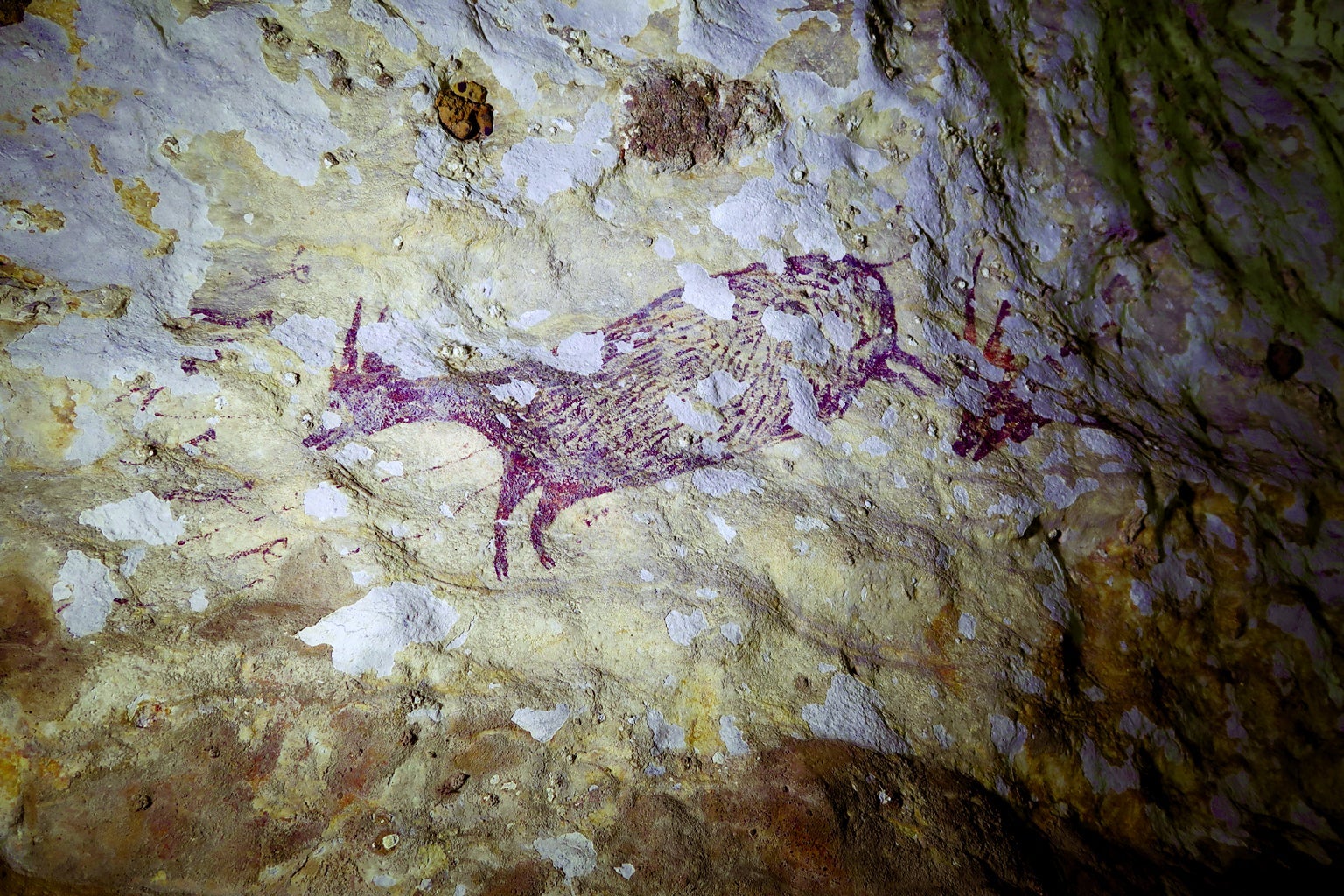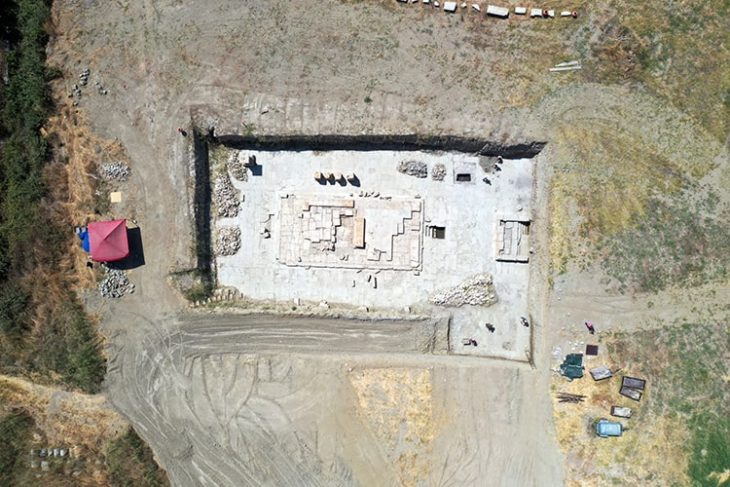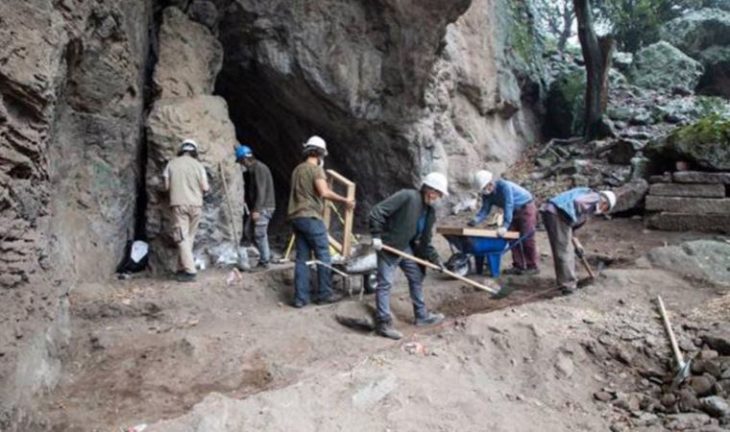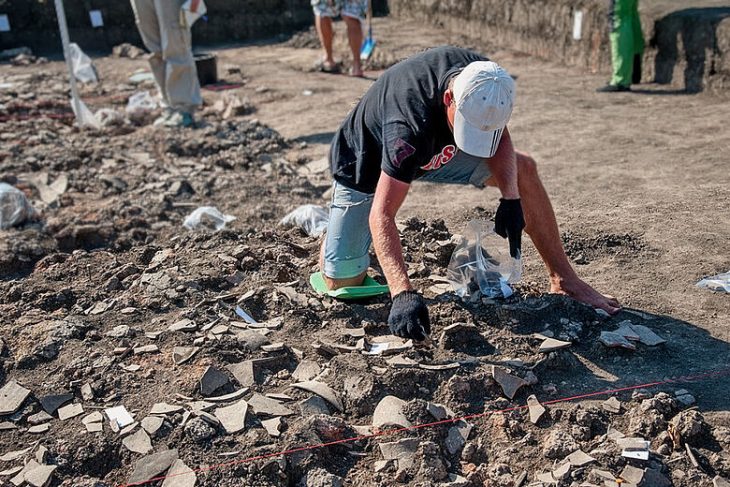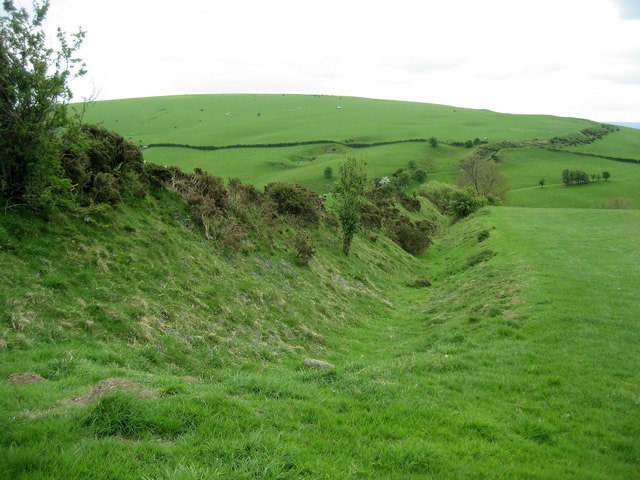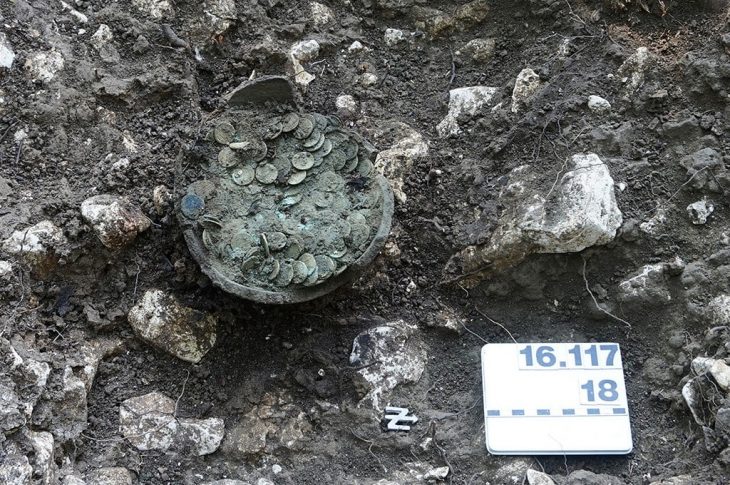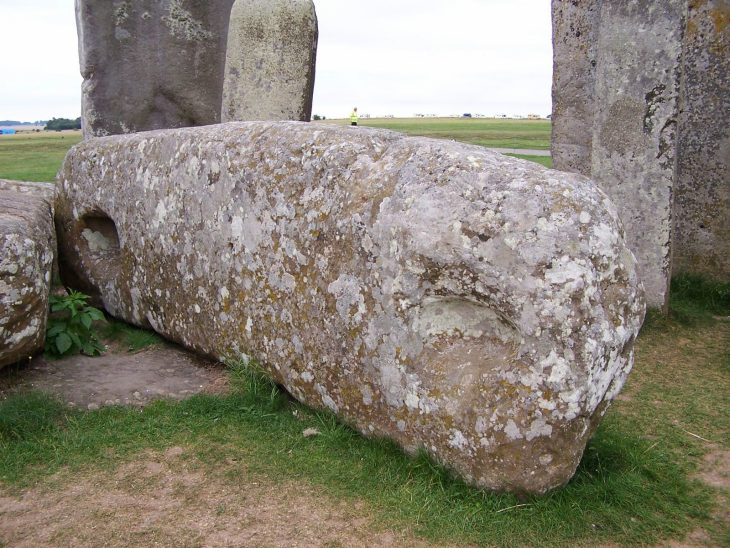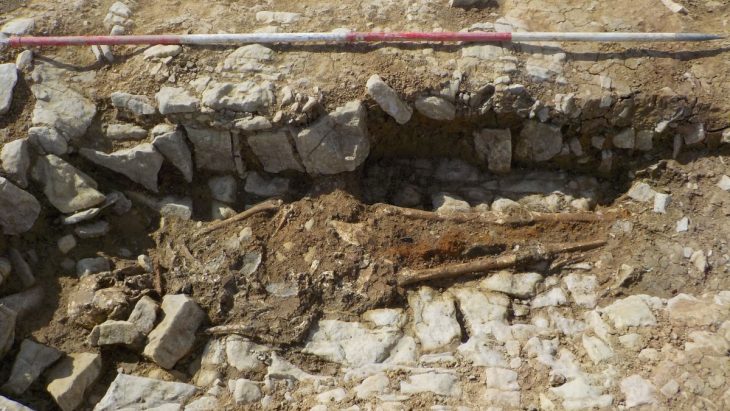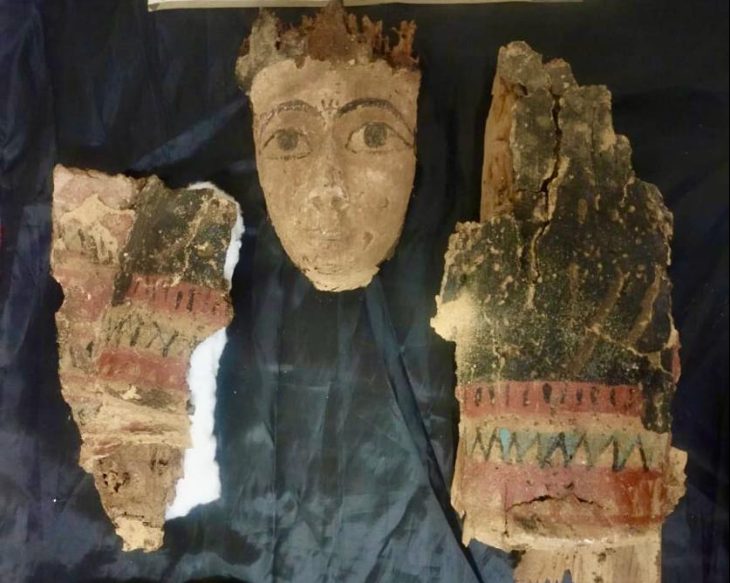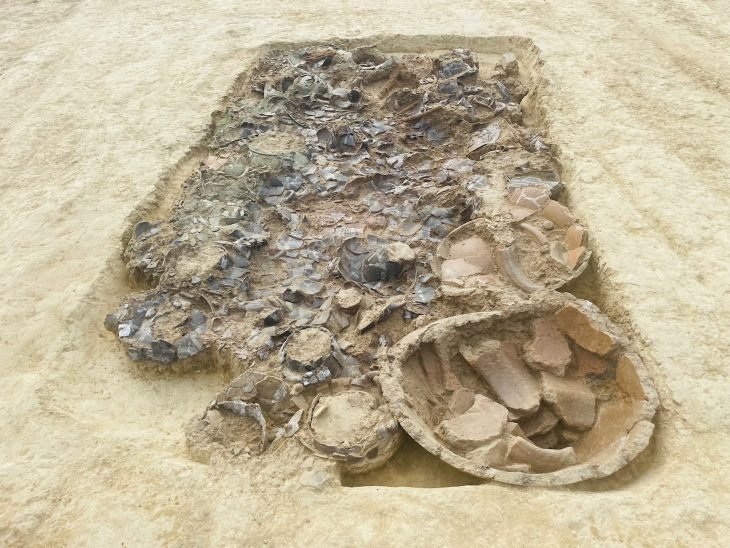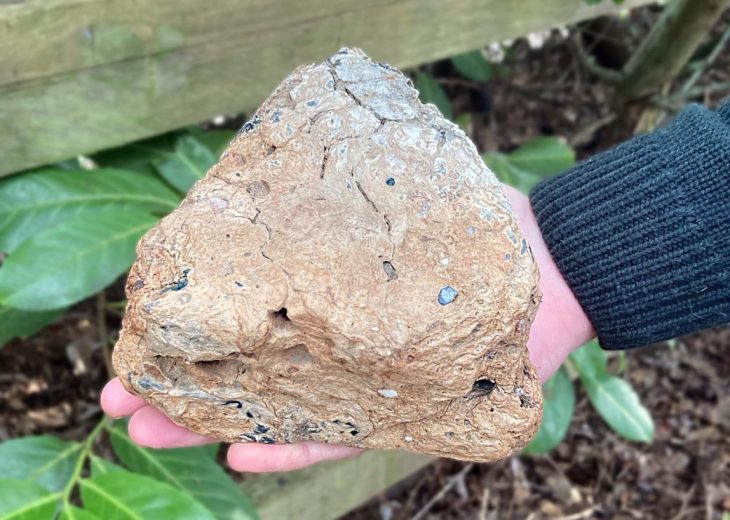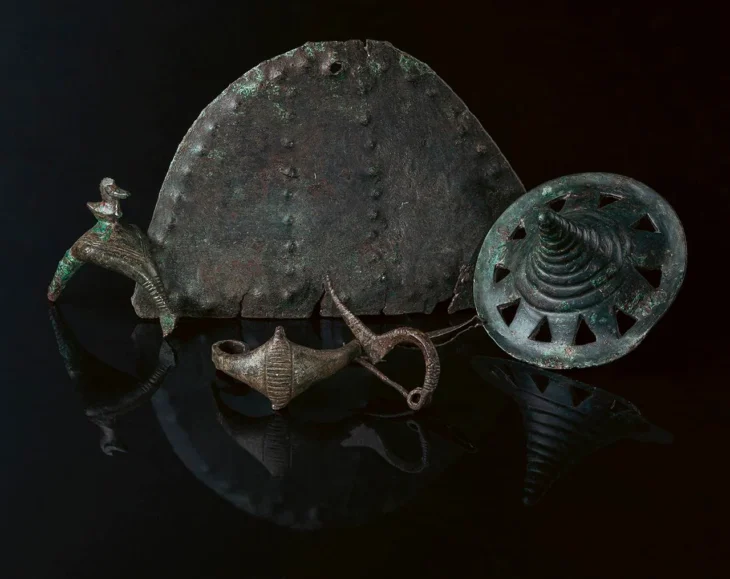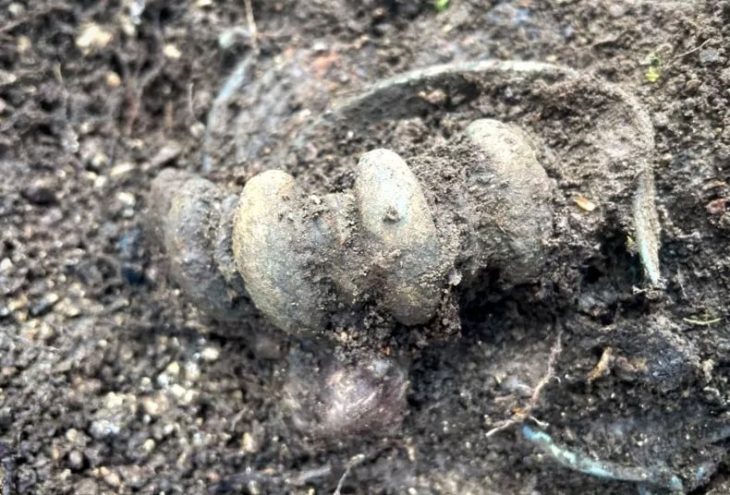Cave paintings from 20,000 to 50,000 years ago in Indonesia are in danger of extinction due to climate change.
Indonesia is expected to see a temperature rise of around 0.8°C as a result of climate change by 2030. Furthermore, rainfall trends are expected to change, with the rainy season ending sooner and the duration of the rainy season shortening.
According to the report, which covered the last four centuries, degradation has intensified over the past four decades as increased greenhouse gas pollution from human activity changed the world’s atmosphere, especially in the tropics. A rise in global surface temperatures of 1.5 to 2 degrees Celsius by the end of the century—scientists’ ambitious scenario for global warming—would have serious consequences for the survival of rock art.
These changes seem to be both economically challenging and culturally upsetting.
Researchers led by archaeologist Jillian Huntley said in a paper published in Nature on Thursday that seasonal rainfall, combined with the drought, is threatening the survival of cave art in the Maros-Pangkep site on the island of Sulawesi. The region is home to the oldest recorded hand stencil as well as the probably earliest narrative scene in prehistoric history.
“In almost all sites containing early art, the hand stencils and figurative motifs are heavily affected by exfoliation of the limestone cave wall and ceiling surfaces that comprise the artists’ ‘canvas,’” the authors wrote. “A mounting body of quantitative and anecdotal evidence suggests that the rate of exfoliation is increasing.”
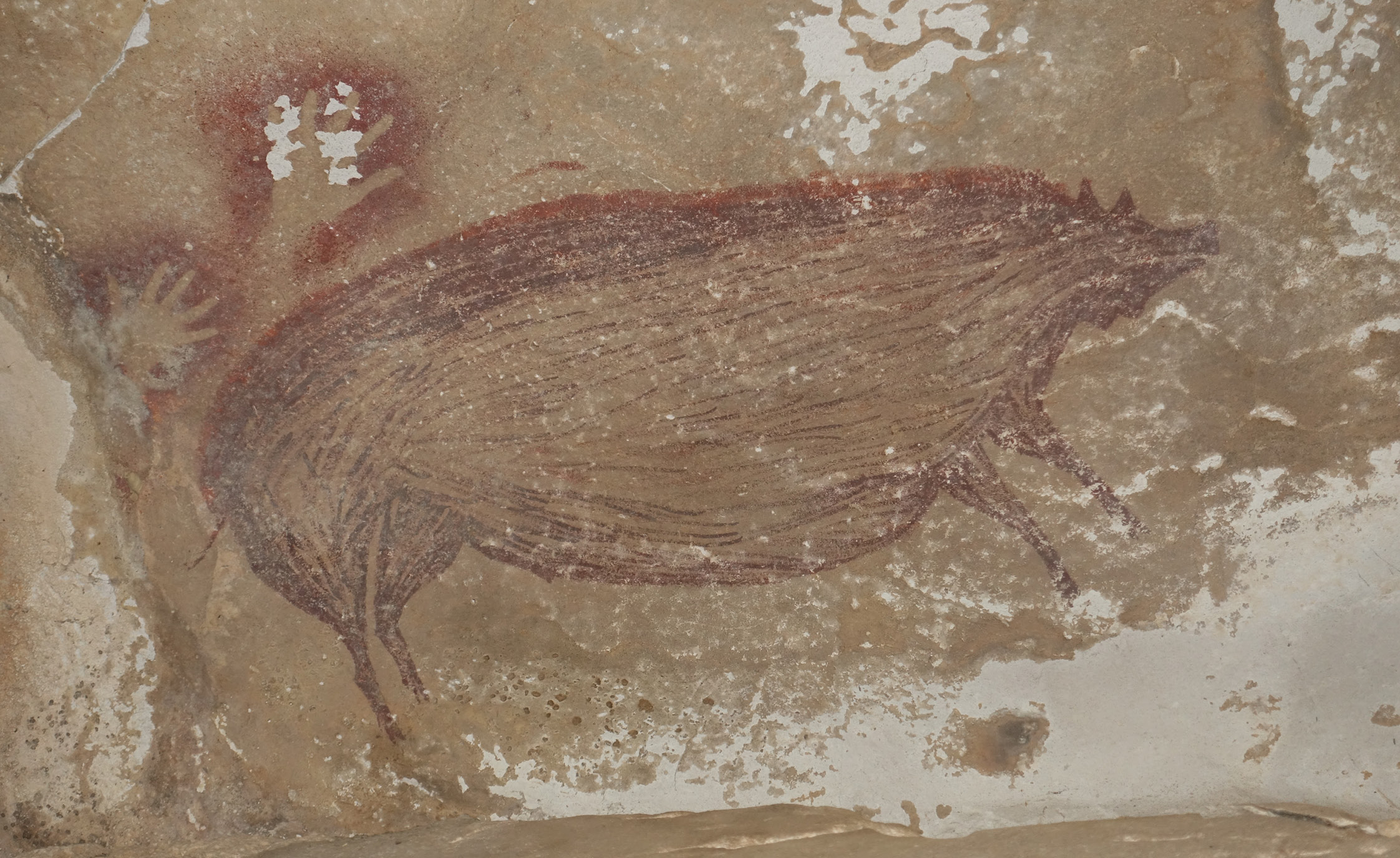
If the atmosphere heats and cools, the crystal salts on the rocks extend and compress, putting pressure on the paintings. That pressure can cause cracks or even lift flakes, separating them from the surface, a phenomenon known as exfoliation. The artworks’ deterioration is exacerbated by their location in the Australasian monsoon domain, the world’s most atmospherically volatile area.
The preservation of paintings discovered in the Maros-Pangkep region in the 1950s is of paramount importance as it is one of the oldest testimonies of prehistoric art in the world. With more than 300 caves discovered so far and new caves discovered every year, it rivals the ice age cave art in Western Europe.
It constitutes a “unique and irreplaceable record of early human artistic culture in a little-understood region,” the researchers said.
Earlier works are mulberry and red hand stencils of mostly wildlife, while more recent work is in black charcoal and contains brief depictions of human beings, domesticated animals like dogs, geometric and abstract symbols. One scene seems to depict many human figures drawing various creatures toward a waiting hunter, which historians claim is the earliest record of hunting strategy.
Source: Bnnbloomberg
Cover Photo: Figurative imagery found in a cave in Indonesia has been dated to 43,900 years ago, which is significantly older than comparable art from Europe. Photo: Adhi Agus Oktaviana

